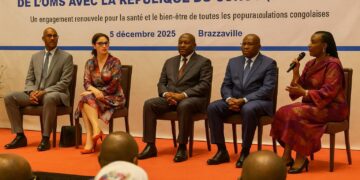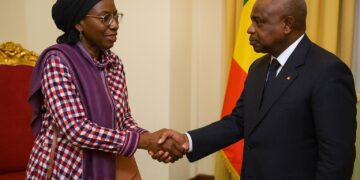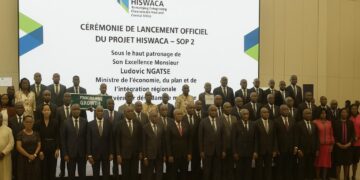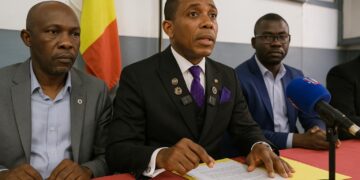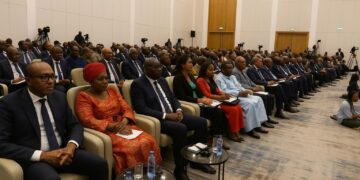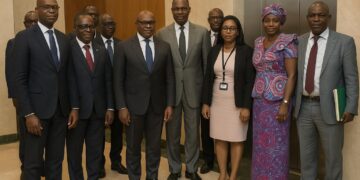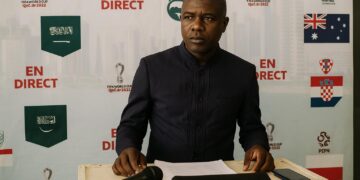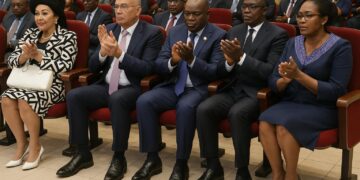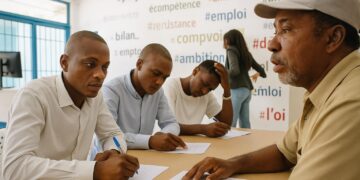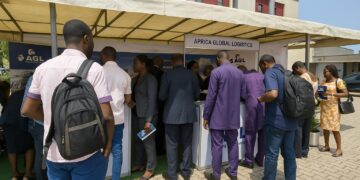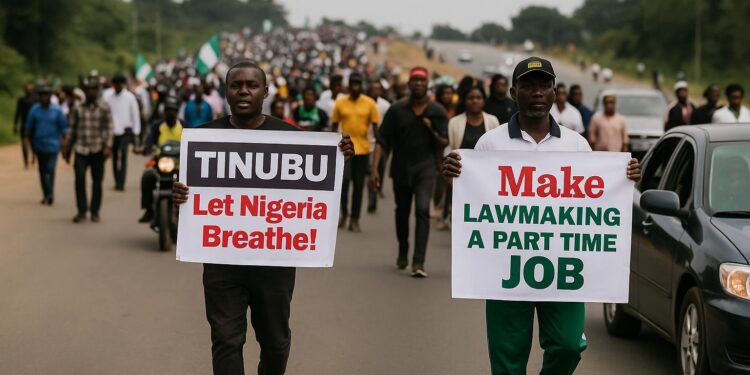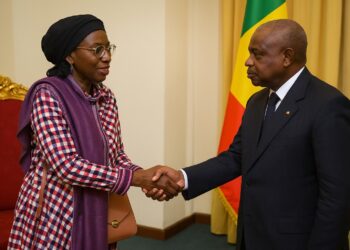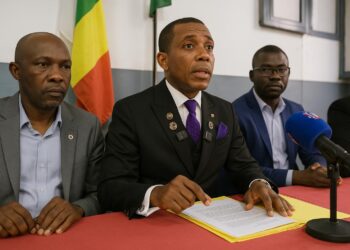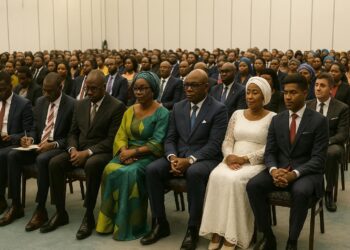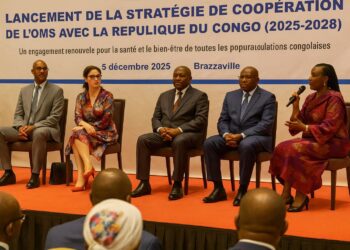IMF renews call for subsidy rollback
The IMF’s October 2024 regional outlook again urged African governments to phase out universal fuel subsidies, arguing that the measure would create room for priority spending and improve debt dynamics (IMF Regional Economic Outlook, 2024).
The recommendation echoes earlier advice delivered during Article IV consultations with Gabon, Congo-Brazzaville and Senegal, where energy support still absorbs between 1 % and 4 % of gross domestic product, depending on international oil prices and exchange-rate movements.
Nigeria’s turbulent experiment
Nigeria remains the most visible test case. Abuja ended its petrol subsidy in May 2023; headline inflation accelerated from 22 % to 28 % within twelve months, the steepest climb since 1996, according to the National Bureau of Statistics.
Survey data compiled by Lagos-based SBM Intelligence show transport costs rising by over 100 % in several states, sparking demonstrations in August 2024 that unions described as a warning strike to the Tinubu administration.
Yet the IMF highlighted Nigeria’s fiscal gain of roughly 0.8 % of GDP in 2023, insisting that the state now has greater resources for targeted cash transfers once administrative systems mature.
Congo-Brazzaville walks a calibrated line
Brazzaville began a gradual adjustment in January 2024, lifting the pump price of diesel from 580 to 700 FCFA per litre, then to 875 FCFA in October. The finance ministry estimated savings of 120 billion FCFA on an annualised basis.
Officials stress that revenues will fund rural road maintenance and the indigent health fund. A senior treasury source argues that maintaining macro stability is itself pro-poor because it keeps the franc CFA peg credible.
Trade unions accepted the October increase after the government froze electricity tariffs and preserved paraffin subsidies widely used by low-income households, thereby avoiding the social tensions seen in Abuja.
Gabon re-calibrates after political transition
Libreville’s draft 2025 budget proposes a 30 % cut in fuel subsidies, from 170 billion to 119 billion FCFA, aligning with commitments discussed during September 2024 IMF staff visits. Authorities say the move will finance teacher recruitment and hospital upgrades.
Gabon’s transitional government emphasises communication, publishing a monthly price compensation matrix that clarifies how much the state still pays at various crude benchmarks, hoping to bolster public trust.
Senegal weighs timing ahead of gas era
Dakar currently spends close to 4 % of its budget on electricity and fuel support, a legacy of 2022 price spikes. The IMF’s July 2024 review suggested replacing these transfers with a new social registry covering two million households.
Political advisers note that the subsidy question intersects with the 2025 presidential agenda and the start-up of the GTA offshore gas project, expected to lower generation costs and ease the fiscal dilemma.
Economic arithmetic versus social reality
Universal subsidies undeniably distort relative prices, encouraging smuggling and over-consumption. They also pile pressure on treasuries already servicing rising Eurobond coupons and domestic arrears; Congo’s debt-service ratio reached 29 % of revenue in 2023.
Conversely, poverty incidence remains above 40 % in several Central African states. With limited pension coverage and only nascent digital cash-transfer platforms, the immediate removal of price buffers can act as what economists call an inflation tax on the poor.
Designing a gradual exit
Economists at the African Development Bank propose sequencing: first, ring-fence savings for visible social spending; second, upgrade data systems so transfers reach informal workers; third, communicate the fiscal gains transparently to build credibility.
Congo’s approach partly mirrors that template. Subsidy savings are earmarked in a dedicated account supervised by Parliament, and the statistics institute is piloting mobile-money vouchers for rural women engaged in cassava processing.
Beyond subsidies: public-utility reform
Critics argue that focusing solely on pump prices neglects the operational inefficiencies that drain public utilities. The IMF itself estimates technical losses at the national electricity company SNE at 34 %, far above the regional average of 15 %.
Analysts suggest that reducing network losses, renegotiating fuel-oil supply contracts and adjusting industrial tariffs could yield fiscal space without abrupt consumer price shocks, aligning with a more Keynesian stance of stimulating productive capacity.
Investor perspective
Portfolio managers canvassed in Johannesburg say predictable energy pricing, even if higher, improves balance-sheet modelling for cement, telecom and agribusiness firms; however, they caution that sudden hikes must be offset by clearer tax rules to sustain capital inflows.
Outlook for 2025
With Brent futures hovering near 85 dollars, subsidy bills will stay salient. Governments in Central Africa appear set to proceed with calibrated reductions rather than wholesale removal, aiming to balance fiscal prudence, social cohesion and investor confidence.

